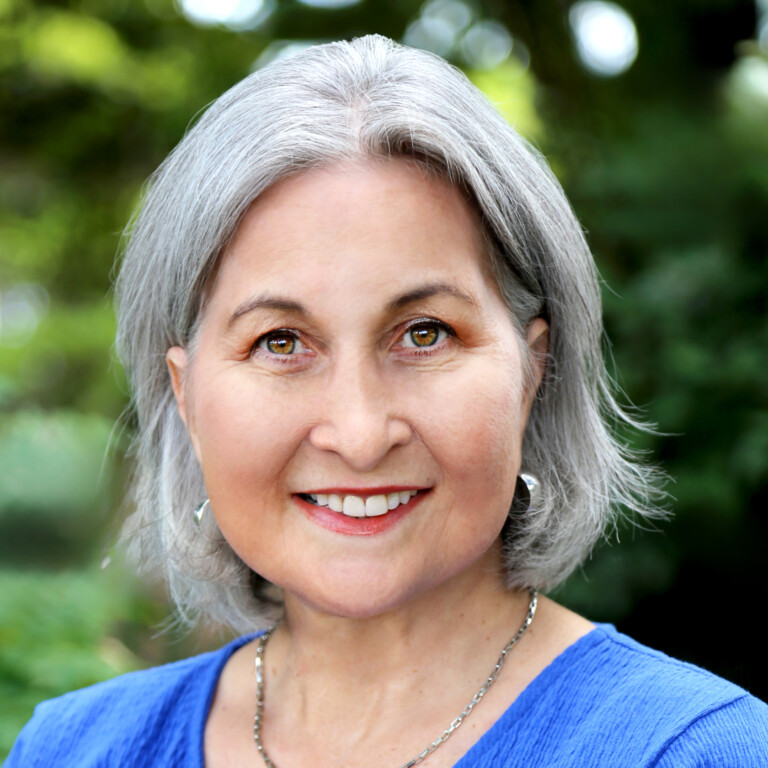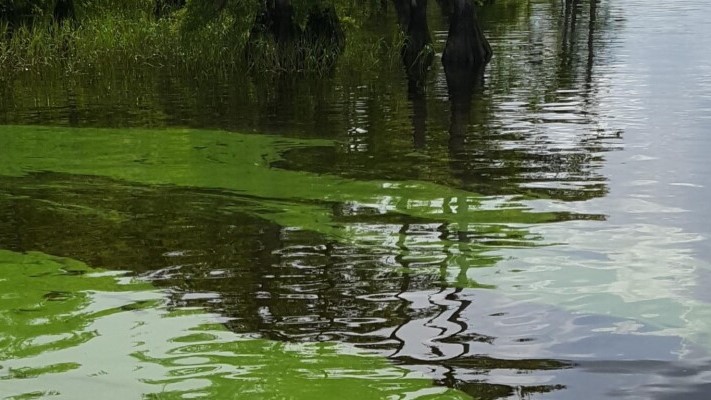A study released this week by the Public Trust for Conservation estimates that cleaning up pollution created by sewage sludge in the St. Johns River basin could cost taxpayers more than $1 billion over the next four decades.
The study conducted by The Balmoral Group is called Biosolids: Economic Estimate of Societal Costs to Land Application. The study comes on the heels of recent findings from the St. Johns River Water Management District showing a disturbing upward trend in phosphorus levels, largely due to biosolids being redirected to North and Central Florida after being banned in South Florida over a decade ago.
Biosolids, which are the substance left when residential and industrial sewage is dewatered, are approved as fertilizer for crops. But the sludge is distributed disproportionately. More than two-thirds of the wet, smelly sewage sludge application in Florida happens in and around the headwaters of the St. Johns. According to Public Trust attorney John November, that creates toxic algae blooms downriver in north and central Florida.
“Now we’re looking at a dozen years of [prior] application and unfortunately even if we stopped right now, the legacy nutrients, the legacy impacts of this practice are going to be felt by us for the next decades, maybe centuries,” November said Thursday on First Coast Connect.
November said it’s important to understand that the community is being forced to cover these costs long term.
“We’ve known for a long time about the environmental impacts of the biosolids land application process in the St. John’s River basin, and we’ve been trying to protect our basin,” he said. “And unfortunately, the practice of hyper-concentrating biosolids in our basin is going to leave us with a cleanup liability of around $1.12 billion over the next 40 years.”
November said it’s a problem the state has to reckon with, as shown by the research.
“And unfortunately what we’re finding — and we don’t want to hear it — is that it’s us, our waste, our human waste which is one of the number one contributors to pollution problems.”
This is the first study to quantify the economic impact of phosphorus pollution. It did not, however, calculate the cost of cleaning up other pollutants in sewage sludge — things like drugs, microplastics and “forever chemicals” (known as PFAS).
November said this now hits home to everyone.
“The fact that these algal blooms could affect our property values throughout Northeast Florida and the fact that increasing algal blooms over time because of this practice could hit our pocketbooks, that’s a serious concern to many and recreational values are significantly diminished when there’s these algal blooms,” November said.
The Trust hopes the report forces state regulators to limit sludge use, especially on agricultural lands where applications exceed the land’s ability to absorb the waste.







